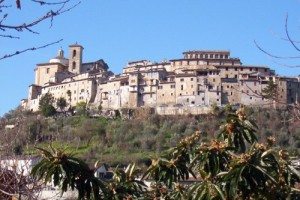
The route passes through a more recent suburb on town, but – if you have time – it’s worth the climb to visit the grand Baroque church dedicated Saint Michael Archangel. Inside, there is an 18th century wooded choir and a number of paintings from the same period. Source: “La via di Francesco” – Edizioni …
DETAILS
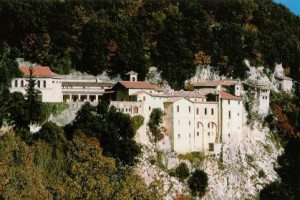
The Medieval center contains the remains of an earlier 11th century castle. The 14th century parish church, dedicated to Saint Michael Archangel, sits next to the belltower at the top of a dramatic staircase and contains a number of important artworks from the 15th and 16th centuries. The Museo Internazionale del Presepio (International Nativity Museum) …
DETAILS
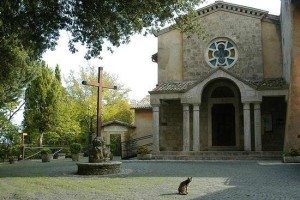
Along the route halfway between Greccio and Rieti, the Santuary of Fonte Colombo is perched on a hill immersed in nature. This is not just a site to mark the route; we recommend you plan a thorough visit. The original Latin name Fons Colombarum was, according to some sources, given by Francis himself, who saw …
DETAILS
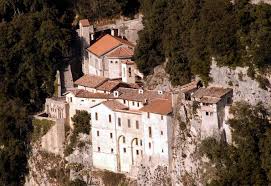
Seen from the outside, this sanctuary seems hewn directly from the surrounding mountain stone. The southern route begins here, but this is also the place where one of the most beloved Christian traditions began: the Nativity pageant. It was here, in the Cappella del Presepe, that in 1223 Francis prepared the scene representing the Nativity …
DETAILS
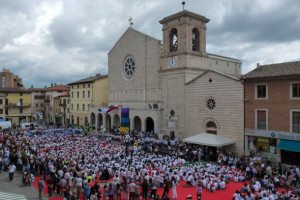
Originally named Insula Romana, as it was historically an island surrounded by Lacus Umber, the ancient lake which once covered the Umbrian Valley. Now a bustling residential and business center, the town’s main sites are the Collegiata di Santa Croce and the Rocca Baglionesca. Source: “La via di Francesco” – Edizioni San Paolo S.r.l.
DETAILS
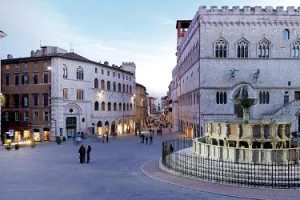
The origins of this city are Etruscan (there are a number of important remains, including the city walls, the well, and the monumental arch). In Medieval times, the city center blossomed around Piazza IV Novembre, where Palazzo dei Priori, the Fontana Maggiore and the Cattedrale di San Lorenzo all stand. You will need at least a full day to tour Perugia, …
DETAILS
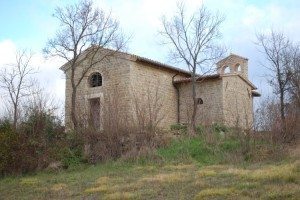
Count Jacopo Bigazzini was a fervent admirerer of Saint Francis and hosted him frequently at his castle, of which just a few ruins remain. Instead, the Medieval church dating from 1057 located along the devotional “Way of the Cross” from the 1700s is still open to visitors. Source: “La via di Francesco” – Edizioni San Paolo S.r.l.
DETAILS
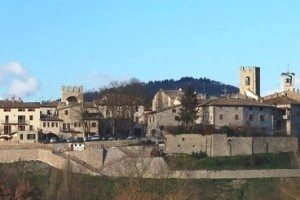
The history of this town is linked to the Abbazia di Santa Maria in Vado Fabricae, one of Umbria’s oldest monasteries. Of the original complex, only the church remains, with frescoes from the Umbrian School. The church of San Sebastiano and, outside of town, the church of Madonna della Foce (or della Neve) from 1636 are …
DETAILS
© FRANCESCO'S WAYS | Privacy Policy | Crediti
